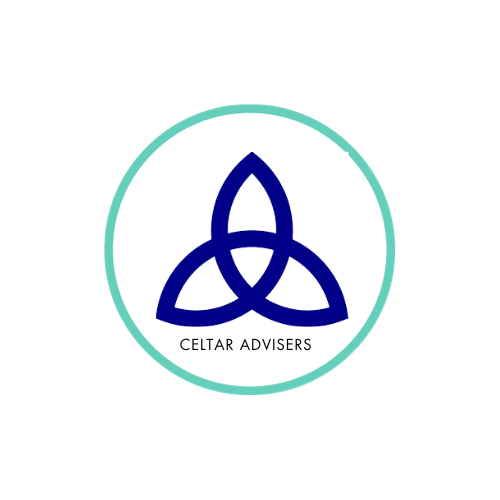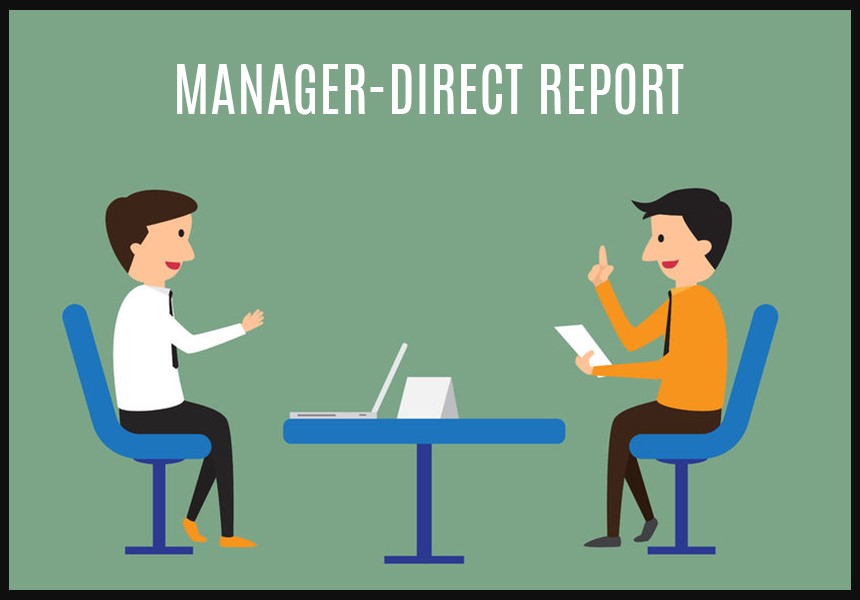Celtar Insight – leadership
first
it’s about listening

Managers and Direct Reports
How to increase the value of one2one meetings with direct reports?
For some business owners and managers one-2-one meetings with key team members are easy to run and are an effective platform for addressing what needs to be done. For others these one2one get-togethers can be troublesome and a waste of time. It depends on previous experience, what has a manager learnt earlier in their career when they themselves were in the position as a “direct report”.
Myself, I learnt by example, having had a couple of organised and focused managers during my earlier career.
If you do not share such good practice or, if you would like to improve the effectiveness of your one-2-ones – please read on.
I suggest that it is a fundamental rule of management that to lead others you need to practice frequent and open communication. The general wisdom is that managers can best accomplish this by holding regular one-2-one meetings with direct reports, usually weekly or close to it. It’s certainly a simple idea that sounds good, yet so many managers and direct reports alike complain that these meetings are unhelpful – or don’t actually happen at all.
Why is having a one-hour meeting once a week (once a fortnight) so hard?
First, why have the meetings? The one-2-ones are probably the best way for establishing a habit of open communication with a direct report. If a conversation is too unstructured and loose, or dominated by the authority figure then it will result in a one-way delegation session. Or if there is a lack of preparation by the manager some simmering conflict or complaints may dominate the meeting.
Here are ways to be sure that you and your direct reports are getting the most out of these conversations.
1. Have a schedule and stick to it
By making a commitment to a schedule, whether once a week or once a month, both parties will better prepare and take the meeting more seriously. Even if you believe there is nothing to talk about, your employee may think otherwise.
2. Come prepared
Having a one-on-one with no agenda just wastes everyone’s time. Come prepared by building an agenda of topics you want to go over and questions you want to ask, leaving room for them to talk as well. Share this agenda with them prior to the session so they’re aware of your expectations for the meeting and not caught off guard. This will show your employee that your meetings with them are a top priority and you put effort into making them successful.
3. Be open
Structure your meetings so it’s partly about what you need to discuss, and also about what your direct report needs to raise. It shouldn’t be just a one way delegation of tasks.
Good one-2-ones are a conversation for action, and for that to be successful you need to be receptive, as this article in Harvard Business Review points out. I suggest starting with what the direct report needs to discuss, and then moving to your own list (which you’ve prepared ahead of time). Your employee will take your lead – so if you come with thoughts ready to go, they will as well.
It’s also important to leave time to discuss open issues. This is a great chance to cover those less urgent items, like a difficulty with a colleague, that get in the way of productivity and retention. Better to know early, as it may be a problem that’s easily resolved, and can give you insight into ways to keep your team more productive.
4. Be alert and aware
Don’t think of the meeting as just another item on your to-do list. Devote your full attention to your employee. Turn off your phone, and mute your computer so as not to risk being distracted by pings or rings. “It’s so easy to send a message inadvertently that you don’t care about the other person and that whoever is on your phone is more important.”
5. Manage accountabilities/responsibilities
As with any good meeting, it should wrap with accountabilities and a path for follow up. We all know it’s easy to listen and absorb ideas when you’re in the moment, and then to forget them when your attention is inevitably diverted later.
Make sure to schedule the last few minutes of the meeting for each of you to go through and say what you’re committing to and by when. Use the SMART acronym to bring clarity to the conversation, and the subsequent commitments. For best results this should also be followed up with an email from your direct report to you, restating what’s supposed to happen. Depending on the project, it also may be useful to set up a milestone to update each other.
6. Content & record keeping
Keep your own notes of the meeting also, they are a guide to the next meeting. If a conversation turns personal, steer clear of taking notes. Listen to your direct report talk about the concern that they are sharing.
7. Manage to a structure
Of course all meetings are different, and you need to work with a style that’s doable for you. That said, if you can find a structure and manage to it, you’ll find that the conversations will naturally fit into those expectations. It’s your job as the manager to manage the time and facilitate the discussion.
Following all of the above, a good structure for a 40 minute, weekly one-on-one meeting is:
- 15 Minutes:What your direct report needs to raise with you, get approved, etc.
- 15 Minutes:What you need to raise with your direct, delegate, provide feedback on, etc.
- 10 Minutes:Free time to air any long-term concerns, progress toward development goals, etc.
- 5 Minutes:State accountabilities and make a plan for follow up
As a side benefit, you’ll find that when you follow this type of format, it becomes easier to provide constructive feedback and to address issues before they become big problems as there’s a space set aside for it. It also supports proactivity and strategic thinking because everyone knows that they are expected to come to the table ready to share.
And Principles to Remember
Do:
- Begin each meeting by sharing a win. It creates a positive mood and energy.
- Be curious. Listen to your colleague’s concerns and provide feedback and ideas on how she might solve problems.
- Give your direct report time to identify the barriers to their work that they encounter, and encourage them to come up with the answers on how to remove them
Don’t:
- Cancel the meeting. Do demonstrate to your employee that he takes priority by arriving on time.
- Dish out too much feedback, it can feel overwhelming and hinder their confidence
- Be rigid. While it’s wise to have an agenda, it’s also important to be flexible.
- Forget to say “thank you.” It’s important to show your colleague that you value her.
Thanks to the several authors for sharing their views on the web which contributed to this article. One reference is from HBR Communicating Strategically with Direct Reports
One-2-one meetings are powerful tools when applied effectively, and like riding a bike, there is much less effort when you get the hang of them. Why don’t you share your experiences in the Comment section below? Contact me to discuss how you utilise one-2-ones in your business?
The value comes from having open conversations with a colleague, and supporting each person to be successful in their role in your organisation.
one-to-ones one-on-ones one-2-ones one2one
Billy Linehan is a business consultant working with owner managers daily sharing ideas, options and solutions.


